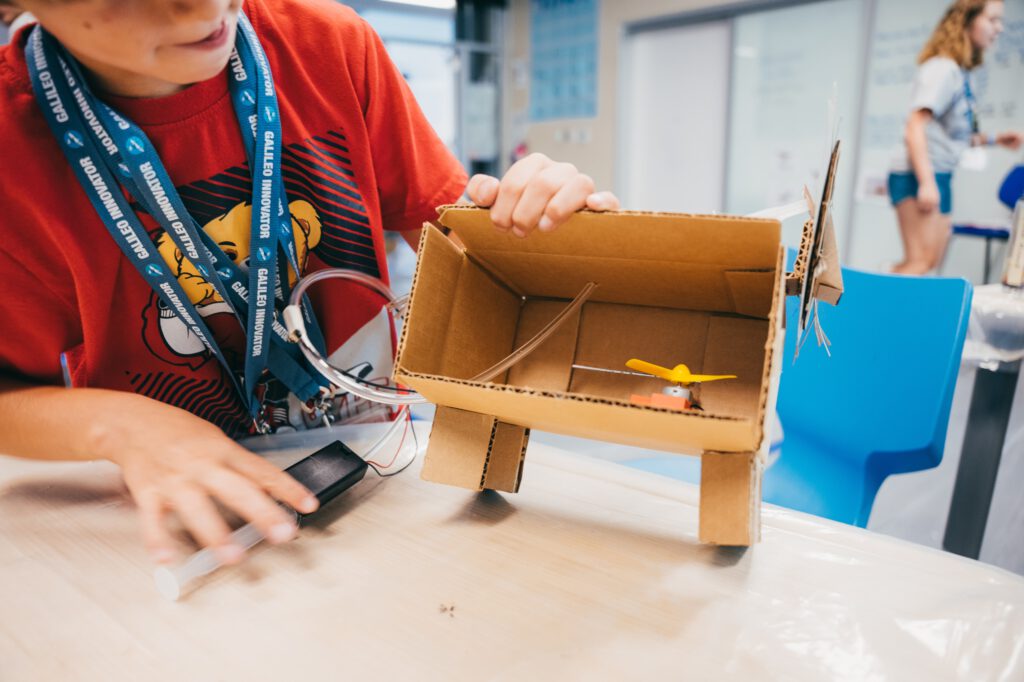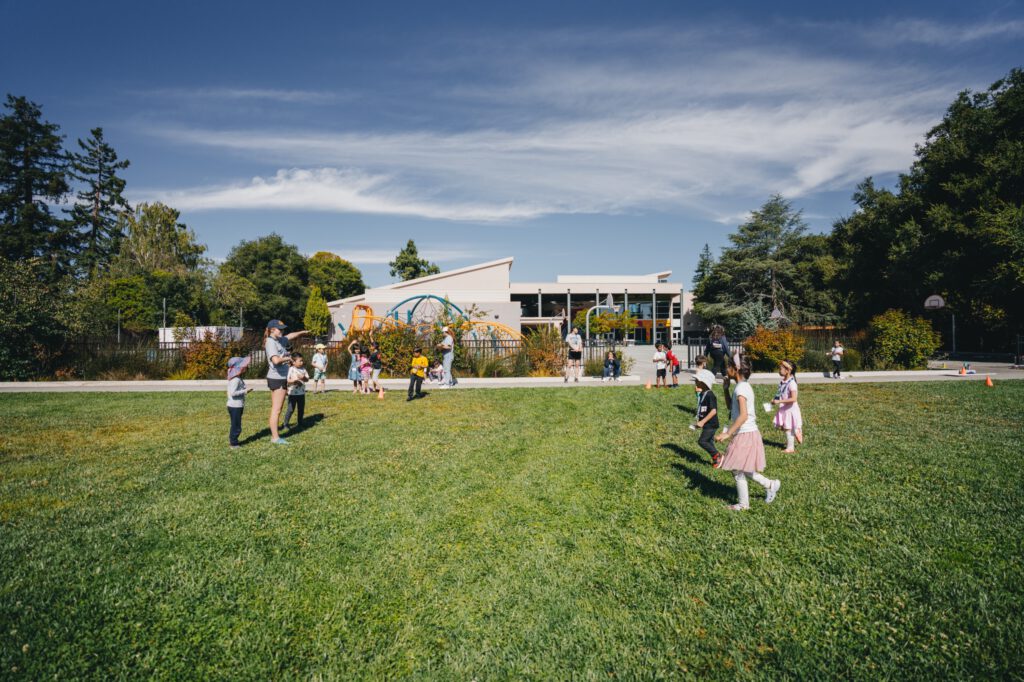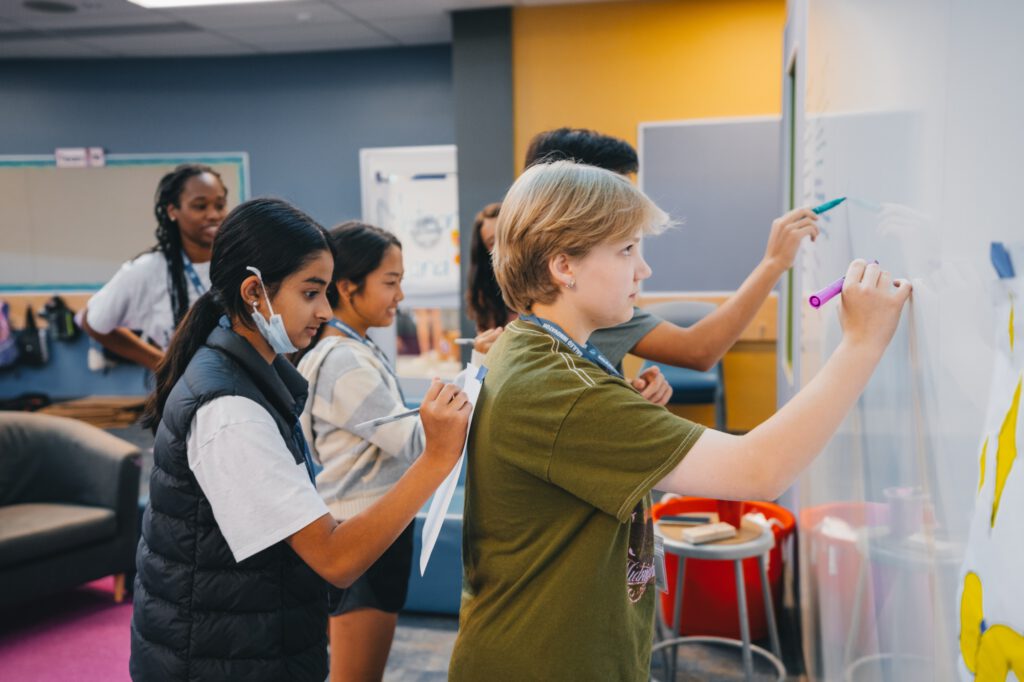As a 14-year-old boy, William Kamkwamba was forced to withdraw from school in Malawi due to hunger when a prolonged nationwide famine left 70% of the population starving to death. Desperately hungry but still curious, William began to read books from the library. Though not nearly fluent in English, he learned by studying pictures and diagrams that a windmill could be used to irrigate crops. With a tractor fan, bicycle frame, and other scrap materials collected from a junkyard, he constructed his windmill and began generating electricity. Soon, villagers were lined up for hours outside his home for a chance to charge their cell phones.
In another example of renewable energy serving the community, Tobias A. Fox experienced more trauma and loss as a child than many people see in a lifetime. Growing up in Newark, New Jersey, he could have succumbed to poverty and despair. Instead, he became a writer and master gardener and set out to make a difference by educating his community on renewable energies, partnering with residents to create sustainable and eco-conscious urban farms.
Thinking Globally, Acting Locally
What these two unlikely innovators have in common besides seemingly insurmountable odds is that they are examples of glocals, individuals impacting global issues by starting in their local communities. Both so challenged by circumstances when they were young, yet able to persevere and make a difference with scalable innovations that were rooted in their local communities. Also in common is their shared focus on agriculture and renewable energy, arguably two of the most important factors impacting the future of the world’s population.
21st-century kids are growing up hearing concerns about the future of our energy resources as well as the knowledge that despite all of the world’s technology, many of its inhabitants still experience hunger on a regular basis. Summertime provides a great opportunity for elementary school students to experience some renewable energy activities, which will not only bolster their physical and earth science knowledge but might just also inspire increased eco-consciousness.
Learning from Simple At-home Energy Experiments
Though renewable energy technologies such as solar, wind and geothermal are pretty complex, there are simple activities readily available to demonstrate with kids. Since energy transfer may involve the production of heat, they are best conducted with adult supervision. Here are a few experiments/demonstrations that families can do to explore renewable energy sources:
- Solar power: Start with a simple sun tea set-up; all you need is a clear glass jar with a lid, water, tea bags and a sunny spot. To make it an experiment, introduce a variable: put an identical set-up in a dark closet for the same amount of time. Compare and discuss while sipping the refreshing results. To utilize solar science and art in a creative project, obtain some paper sensitive to the sun’s ultraviolet light and make sun prints. Besides a variety of art-inspired activities, this special paper can support several science experiments, as well. Constructing a solar oven from simple materials can make cooking hot dogs, cheese nachos or s’mores a fun and informative family event. Though the sun is the Earth’s primary energy source, the use of solar power is limited by the cost and efficiency of equipment currently available to capture and store it. Talk about some of these factors as you explore solar energy.
- Wind power: One of the easiest ways to experience wind power is to experiment with a pinwheel. To make your own you will need a square of paper, a dowel, a pin and several small beads. Next, make a tumblewing glider from lightweight newspaper or a page from a phone directory, then take it for a walk. Wind power has been used around the world throughout history to mill grain, pump water and generate electricity. Discuss what happens when there is no wind.
- Geothermal power: Simulating geothermal energy (the heat that comes from below the Earth’s surface) should be done by an adult with kids at a safe distance. Use a pressure cooker with several inches of water and the lid securely attached with the vent open or a pot of water covered with foil with a small hole punched in the center. As you heat the water, steam will begin to rise from the pressure cooker vent or the hole in the foil. With an oven mitt, hold a pinwheel over the steam vent and watch it begin to turn. Talk about why geothermal power plants are usually located near geysers or tectonic plate boundaries.
Exploring Sustainable Agricultural with Kids
Unfortunately, current agricultural practices are one of the greatest sources of pollution around the world. Summertime is the perfect opportunity to explore sustainable agriculture with kids. Composting is a great way to recycle kitchen and yard scraps to enrich the soil in your garden, and kids can safely get involved in this conservation effort. A study conducted in Costa Mesa, CA found that composting led people to make other “green” choices, including water and energy conservation. To involve kids in water conservation, consult your local garden center or community naturalist for help with planting a rain garden. This eco-friendly garden is inexpensive to start, easy to maintain and beneficial to the environment. Besides creating a habitat for birds and butterflies and eliminating mosquito breeding grounds, it helps to filter toxins from water run-off. A little more involved but lots of fun for kids, aquaponics depends on waste products from live fish to fertilize growing plants. Special bacteria break down the waste and clean water cycles back to the fish. Small kits are available for purchase to jump-start your symbiotic growing project. Helping kids learn about sustainable and remedial agriculture is a powerful way to address this key global issue on a local level.
Summer Camp Provides Inspiration and Useful Skills
Eco-conscious and entrepreneurial kids will be inspired by an innovation camp like Galileo Summer Quest. Dynamic majors involve kids in real projects that teach them valuable skills. In Go-Kart Builders and Catapult Builders, campers learn to use appropriate tools to measure, cut, assemble and test their construction projects. Chefology’s Supreme Sweets and Breakfast Club immerse kids in culinary adventures in which they learn real food preparation skills. Besides the specific skills related to each GSQ major, all Galileo campers are immersed in the mindset and characteristics of an innovator. They also learn to persevere through failed attempts. If, like William and Tobias, kids are inspired to make a difference in their community, this experience will provide them confidence and tools for future innovation.
Summertime Fun That Makes a Difference
Glocal William Kamkwamba is now a young adult. His ongoing goal, even as he continues to invent and innovate in his own country, is to inspire kids around the world to pursue their dreams, trust in their ideas and make them happen. Human progress has always depended on the world’s innovators, and the use of renewable energies and improving agricultural practices will remain key issues impacting our environment for the foreseeable future. Change will depend on young innovators who understand the world’s problems and feel confident to solve them. Since the elementary school students of today will certainly influence local environmental issues, preparing them with knowledge and compassion is a worthwhile undertaking. It could involve your family in some fun and significant summertime projects that improve your local environment.
To motivate and inspire the future innovator in your environment, check out these camps in your area: San Francisco, Southern California, and Chicagoland. Register for a camp session or sign up for our mailing list to keep up-to-date with camp happenings and innovation resources. Or, for more information about Galileo camps, contact us here.



